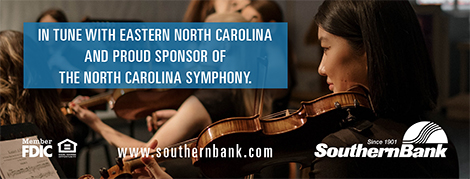Ballade in A Minor, Op. 33
Samuel Coleridge-Taylor (1875-1912)
THE STORY
At the recommendation of Edward Elgar, the Three Choirs Festival commissioned Samuel Coleridge-Taylor to compose a work for their 1898 festival in Gloucester. He was twenty-three at the time. The result, his Ballade in A Minor, was received so enthusiastically that the composer took three ovations at its premiere. Coleridge-Taylor dedicated the Ballade to friend and mentor, A. J. Jaeger, who brought him to Elgar’s attention, praising his “Schubertian facility of invention.” Jaeger later told a colleague, “Keep your eye on the lad, and believe me, he is the man of the future in musical England.”
While Jaeger heard affinities with Schubert in Coleridge-Taylor’s music, others have also noted stylistic similarities with Brahms and Dvořák: Coleridge-Taylor’s composition teacher at the Royal College of Music was a fervent admirer of Brahms, and Coleridge-Taylor named Dvořák as his own “musical god.” Nonetheless, the Ballade displays Coleridge-Taylor’s own distinctive colorful orchestration, rhythmic verve, and melodic craft.
Throughout his career, Coleridge-Taylor increasingly used his unique musical language to explore his African heritage; these works include, among others, African Romances (settings of texts by the African American poet Paul Laurence Dunbar), Four African Dances, and Symphonic Variations on an African Air. As Coleridge-Taylor stated in the introduction to his Twenty-Four Negro Melodies, “What Brahms has done for the Hungarian folk music, Dvořák for the Bohemian, and Grieg for the Norwegian, I have tried to do for these Negro melodies.” Like Dvořák, Coleridge-Taylor incorporated and stylized folk idioms and melodies with conventions of Western classical music to express his distinctive identity in music history.
LISTEN FOR
- The fiery opening replete with trills in the woodwinds—they state the forceful main theme that permeates the entire Ballade and is reiterated throughout by different instruments
- The lyrical secondary theme introduced in the strings, which showcases Coleridge-Taylor’s gifts for melody and orchestration—it comes to a climax as the strings soar above harmonies in the low brass
INSTRUMENTATION
Two flutes, piccolo, two oboes, two clarinets, two bassoons, four horns, two trumpets, three trombones, tuba, timpani, percussion, strings

